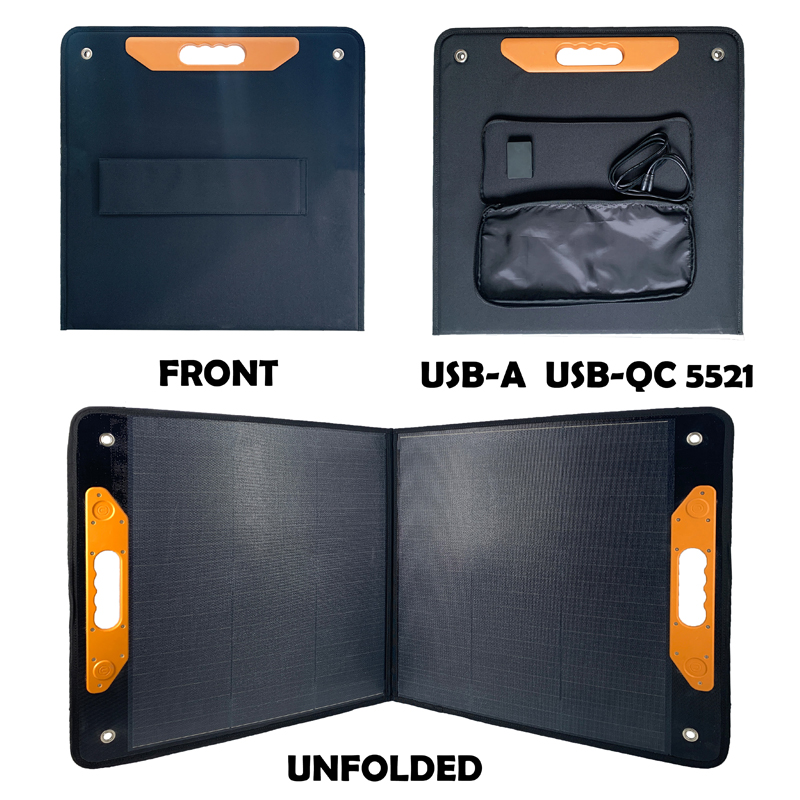I. Project Overview 1.1 Introduction The rapid development of computer and network technology has triggered a profound technological revolution in the field of control. The development of control system structure towards network and openness will be the main trend of control system technology development. In the past, a large number of embedded 8/16-bit MCU embedded devices, such as instrumentation, data acquisition and display, process control, industrial automation, home automation and other real-time applications, have come to enjoy the convenience of the network. They will become the fertile ground for the development of the Internet, in line with the tide of "network services" to "network applications." 1.2 Project Background / Motivation At present, most embedded systems are still in the stage of separate application, with the single-chip microcomputer as the core, and some control devices cooperate to achieve certain functions. If the embedded system can connect to the information flow channel of the Internet, it can easily and inexpensively send information to any place in the world, which will form a distributed network system integrating management and control. It is not difficult to do this. In today's highly developed electronic technology and sensing technology, the acquisition of field data is not difficult. The data of temperature, pressure, humidity, speed, acceleration, current and voltage only need a small amount. Small embedded systems can be solved. In addition, the Ethernet (Ethernet) protocol has been widely used in a variety of computer networks, and Ethernet-based embedded systems are also moving forward. Second, the demand analysis 2.1 Functional requirements Implement a portable and highly configurable network-based data acquisition and control system centered on the AVR32 UC3. The system has the advantages of simple structure, versatility, communication through the Internet, flexible use, high cost performance, adapting to various smart sensors and having strong expansion capability. The system can be used in various aspects of the now popular Internet of Things, for example, , sensor network monitoring (real-time monitoring of pollution sources, wireless environmental data collection), industrial machine monitoring (industrial automation, smart home systems), remote information interaction (telemedicine, distance education) and other applications. The overall architecture of the system is shown in Figure 1. Figure 1 system overall architecture diagram 2.2 Performance requirements With this system, users can access and control related peripherals through the Internet. When the system is powered on or reset, the relevant configuration can be automatically set and start working normally within 10 seconds; the network connection is realized through the Ethernet interface on the board, the relevant IP address, subnet mask, gateway ( Network configuration such as Gateway) is automatically implemented by DHCP (Dynamic Host ConfiguraTIon Protocol) and displayed on the LCD; information collection works normally (temperature and humidity error is less than 0.1%), control output works normally (LED achieves 3 levels of brightness adjustment, relay works normally, The motor works normally; the HTML source file is stored on an external USB flash drive (or SD card) for easy modification. Third, the program design 3.1 System function realization principle The network-based data acquisition and control system implements Ethernet connection and USB file system on AVR32 UC3, realizes Ethernet connection through TCP/IP protocol, and reads and writes webpage files in U disk through USB protocol. It can be used as a stand-alone system for Ethernet. Any computer on the network can be connected to control and transmit commands or data through the standard TCP/IP protocol. After the system is equipped with a temperature and humidity sensor, the temperature and humidity of the industrial site are actually measured, and then transmitted to the computer through the network to obtain the on-site temperature and humidity. With the associated peripherals, the site can be controlled via a network on a computer. Figure 2 system hardware block diagram 3.2 Hardware platform selection and resource configuration The hardware platform is intended to use the AVR32 EVK1100. Resource configuration: Ethernet port is used to access Ethernet, USB2.0 interface is used to read U disk web file, USART is used for serial communication of related peripherals, photoresistor, temperature/humidity sensor, AD, etc. for front end Signal acquisition, LEDs, relays, motors, etc. are used for back-end control demonstrations. 3.3 system software architecture The TCP/IP protocol implements a network connection. From the system hardware block diagram, we can clearly understand the structure of the entire hardware system and the connections of the various parts. The first and most important part is to call lwIP TCP/IP Stack to realize communication between AVR32 UC3 and the Internet, accept the user's request and interact with the user through Http Response() according to the return value of Http Request(), such as displaying time and temperature. Humidity or control the LED light on and off. The following figure is a simplified schematic diagram of the Web server. The logical part of the server is the core part of the embedded Web server. It reads the input values ​​of HTML source files or other peripherals on the USB flash drive according to different Http Sockets. This is the basis of the entire system in response to a user request. Figure 3 Web server schematic USB protocol and file system Saintish foldable Solar Panel kits are perfect for outdoor living. Users can recharge electronics directly or to charge batteries or solar generators.
While traveling or making storage when it is not in use, it is very important that the solar panels are light in weight and easy to carry, also should be compact enough for the transportation. Our portable solar panel kits of 100W are only 3.9KGS and 600*565*30mm in dimension.
Features:
Foldable Solar Panels, Portable Solar Panels, 100W foldable solar panel kits, Folding Solar Panel, PV module Hangzhou Saintish Technology Co.,Ltd. , https://www.saintishtech.com


